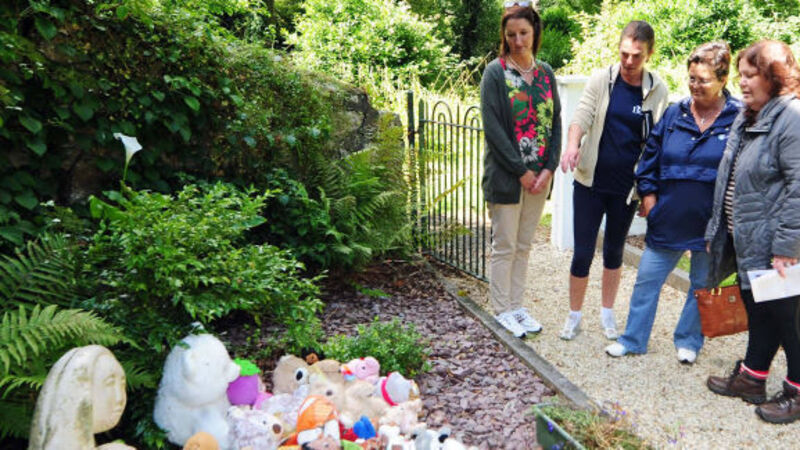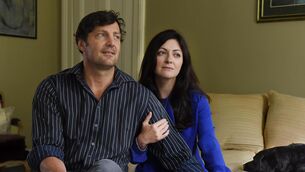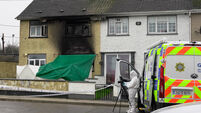Government has to finally do something courageous — act

THE question for the Government now is not whether it will offer a State apology to the women and children born in Ireland’s mother-and-baby homes — but when.
As the terms of reference for the upcoming mother-and-baby home inquiry are prepared, it’s clear that a number of things can not now be denied.
















